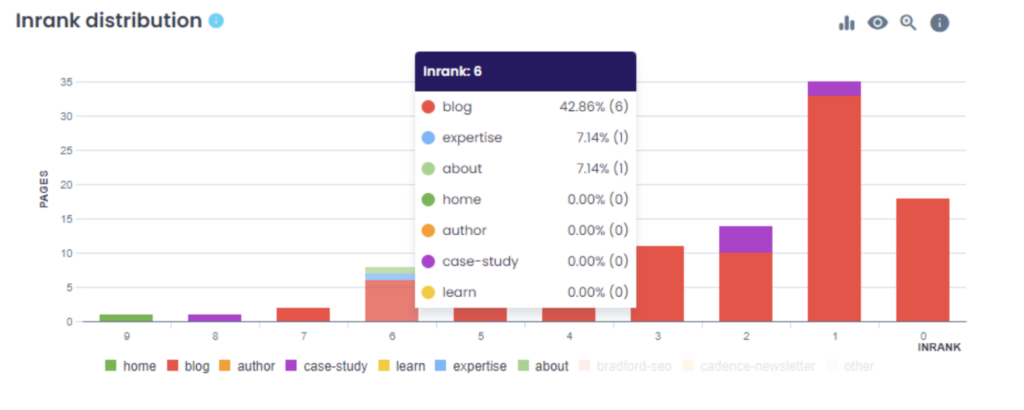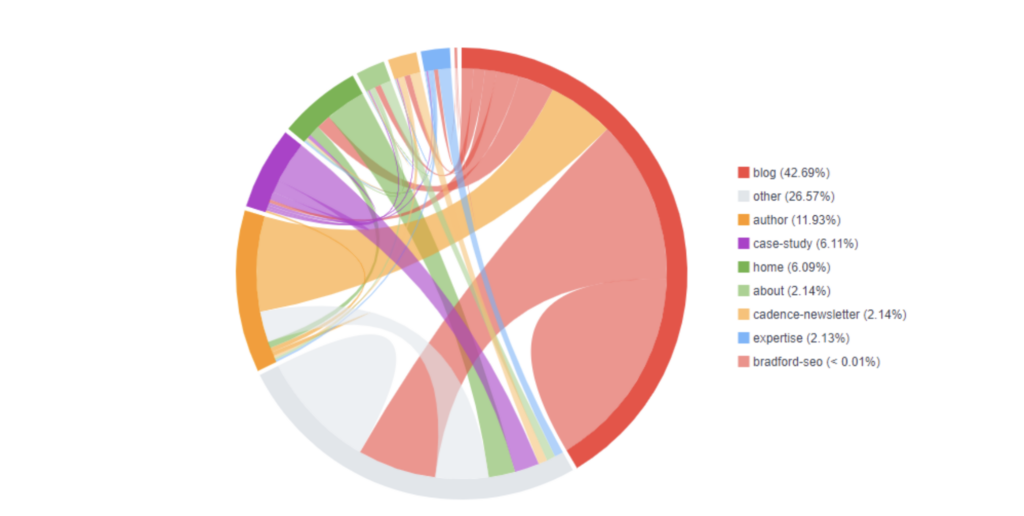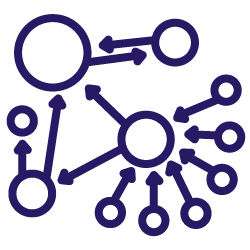PageRank is a system designed to measure the importance of web pages based on the quantity and quality of links pointing to them.
In essence, every link to a page acts like a vote of confidence, with links from authoritative pages carrying more weight.
Before getting into this article, first, I’m going to address the elephant in the room:
Google deprecated the PageRank toolbar in 2016?!
Yes, they did.
But it doesn’t mean they still don’t utilize PageRank internally for systems and algorithms.
Being aware of how it works can aid us in our internal linking efforts (that ultimately can help with crawling and indexing), and is a signal used in ranking.
A brief history of PageRank
Introduced by Google in 1999, PageRank was developed by the company’s founders, Larry Page and Sergey Brin.
This quality signal helped Google create a USP and serve better results than other search engines of the late 1990s and early 2000s (the likes of AskJeeves and MSN Search).
Its primary purpose is to measure the importance of web pages based on the number and quality of links pointing to them. People often share or mention things they find helpful.
The central premise of PageRank is that not all links are created equal; a link from a highly reputable website is given more weight than one from a lesser-known site.
PageRank views links as votes of trust and credibility, allowing Google to deliver more relevant and authoritative search results to its users.
This also led to the early concepts of .edu and .gov links providing “more value”, as these institutions were believed to only link out to valid, well-researched sources.
The original iteration of PageRank hasn’t been used since 2006, and it has been revised a number of times and is closely related to Google’s link spam fighting mechanisms, such as Penguin and SpamBrain.
Why PageRank is still important
PageRank is still actively referred to in Google Documents, such as How Google Fights Disinformation. Only the external toolbar was deprecated, as it became a vehicle for spam, link manipulation, and generated a micro-economy of link buying that Google never intended nor wanted.
Other metrics from third-party tools have since replaced this void, and there have been attempts to reinvent the PageRank wheel. Although it has changed significantly from the original algorithm, PageRank remains useful in a number of circumstances.
PageRank and URL discovery
PageRank has been confirmed as a factor that is taken into consideration when Google assigns crawl resources to a domain, aka crawl budget.
But, what it can also enable is greater content discoverability and crawlability.
A high PageRank page is like a popular hub in a network. If this hub starts pointing to a new node (i.e., a new page), it’s logical to think that this new node might be of importance. Googlebot operates on this principle, treating new links from high PageRank pages as potentially valuable pointers to significant content.
This is why the concept and implementations of hub & spoke content models can yield great results, especially when it’s enhanced with stronger internal linking.
When publishing new content, interlinking from a high PageRank page can not only pass on authority but can also help in getting the new content crawled and indexed faster. This strategy can be impactful for websites that publish time-sensitive content.
[Ebook] How your internal linking scheme affects Inrank
PageRank and canonicalization
Canonicalization with Google refers to the process of selecting the best URL when there are multiple choices.
Canonicalization helps in specifying which URL you want to be treated as the “official” version to avoid issues related to duplicate content, and duplicate value proposition for the same or similar queries.
Google uses around 20 different signals for determining canonicals (in addition to the canonical HTML tag).
Pages with stronger internal linking and having more PageRank passed to them, in Google’s eyes, are more likely to be the most helpful version for a user – otherwise, why would they be linked to so prominently and accessible across the website.
[Ebook] How your internal linking scheme affects Inrank
PageRank scores and internal linking
One of Google’s fundamentals is the usage of “helpful” anchor text for internal links, both for the page the internal link can be found on, and the page it links to.
They provide examples in their documentation.
For example, if a link says “chocolate chip cookie recipe,” Google knows the next page is probably about that recipe. This helps Google organize and list website content better.
Clear link descriptions also help people using the website. It lets them know what to expect if they click on a link. This means users won’t be surprised by what they see, making browsing easier.
Lastly, when a link’s description matches the content of the page it links to, it shows Google that the page is really about that topic. Using clear and honest descriptions also lets Google know the website isn’t trying to trick anyone. If a website uses tricky link descriptions, it can look suspicious to Google and the people using the site.
Utilizing inlink reports in Oncrawl
Over the years, there have been a number of attempts at reinventing PageRank as a metric – however, from experience, the best way to measure and optimize for PR is to utilize a tool or system that doesn’t look to reinvent the wheel, but interpret it, and this is what Oncrawl’s Inrank metric does.
Much like PageRank, Inrank has been updated over the years to better reflect and indicate value transfer flows and discriminate against different types of internal link.
From a standard crawl, you can visually see your Inrank distribution across your website subfolders…

…as well as being able to see link flow represented.

This allows you to see how much influence each group on your website has on each other.
This is especially true if your strategy relies on producing great content, and distributing the content for maximum links and exposure, but then not passing value to other website sections.
As well as creating internal links that are helpful for users, understanding the impact of your estimated PageRank flow can add another layer of data to this decision-making process, as well as allow you to compare link flow between your website and competitors.
Final thoughts
As with any Google metric, it’s unlikely that we will ever fully understand exactly how it works, but that’s not necessarily the point. It’s more important to see and understand where it’s impacting your SEO efforts and work from there.
Despite the changes made to PageRank and regardless of all the other algorithms Google now uses, something that revolutionized the way we search is unlikely to be fully retired at any point.

